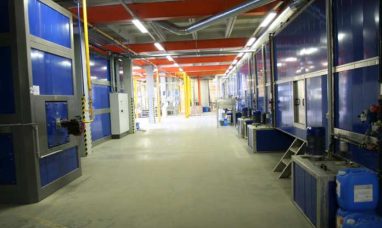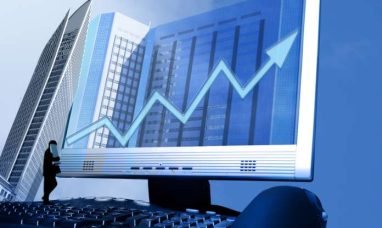The cooling down of the robust demand for workers in the post-pandemic economy has raised concerns among economists and policymakers. The latest Labor Department’s report on job openings in June revealed a decline to 9.6 million, which was slightly lower than the previous month and significantly below the peak of 10.3 million in April. This marked the lowest level in over two years, signaling a potential shift in the labor market dynamics.
The decline in job openings came alongside a decrease in the number of people quitting their jobs in June, which further underscored the signs of a slowdown in the job market. The combination of fewer job openings and decreased job mobility could indicate that the job market is beginning to stabilize after experiencing a period of strong growth in the aftermath of the pandemic.
The Federal Reserve has been closely monitoring the labor market developments as part of its efforts to manage inflationary pressures. With the U.S. economy witnessing a surge in demand for goods and services, businesses have been facing challenges in finding and retaining workers, leading to upward pressure on wages. To counteract the potential inflationary effects of rising wages, the Federal Reserve has been seeking ways to cool down the job market, encouraging businesses to exercise more caution in their hiring practices.
One of the mechanisms through which the Federal Reserve aims to manage inflation is by raising short-term interest rates. By making borrowing more expensive, the Federal Reserve hopes to reduce consumer spending and demand, which, in turn, could moderate the upward pressure on prices. However, higher interest rates can also impact businesses’ cost of borrowing and investment decisions, influencing their hiring intentions.
Despite the Federal Reserve’s efforts to cool down the job market and manage inflation, the unemployment rate has not experienced significant changes. Instead of leading to widespread layoffs and a surge in unemployment, the current situation indicates that employers are being cautious about hiring new workers. This trend aligns with Federal Reserve Chair Jerome Powell’s hope that the softening job market would contribute to bringing down inflationary pressures.
The upcoming July jobs report, scheduled for release on Friday, will be closely watched by economists and policymakers. It will reveal crucial data on the number of jobs added in July and whether the unemployment rate has changed from its current level of 3.6%, which is near the lowest in fifty years. Based on projections by data provider FactSet, economists anticipate the report to show a gain of 200,000 jobs, with the unemployment rate remaining unchanged.
One of the key factors contributing to the labor market’s dynamics is the pace of economic recovery and the continued impact of the pandemic on various sectors. The record 12 million job openings in March 2022, shortly after the economy emerged from the pandemic, reflected the pent-up demand for workers in industries experiencing rapid rebounds. As the recovery has progressed, certain sectors might be experiencing adjustments in labor demand, leading to fluctuations in job openings.
In addition to job openings, wage growth has also been a significant factor in the Federal Reserve’s considerations. Average paychecks rose by 4.6% in the April-June quarter compared to a year earlier, exceeding the pre-pandemic pace of about 3%. While higher wages are generally beneficial for workers, the Federal Reserve is concerned that such increases could fuel inflation unless companies improve their productivity levels.
As the job market continues to adjust, the Federal Reserve will continue monitoring key indicators to assess the health of the labor market and its implications for overall economic stability. The delicate balance between managing inflationary pressures and supporting a robust economic recovery remains a key challenge for policymakers as they navigate the ever-evolving economic landscape. As the post-pandemic economy enters a new phase of growth and uncertainty, policymakers will need to remain vigilant in their assessments and policy responses to ensure a sustainable and balanced economic future.
Featured Image: Freepik @ xvector

















